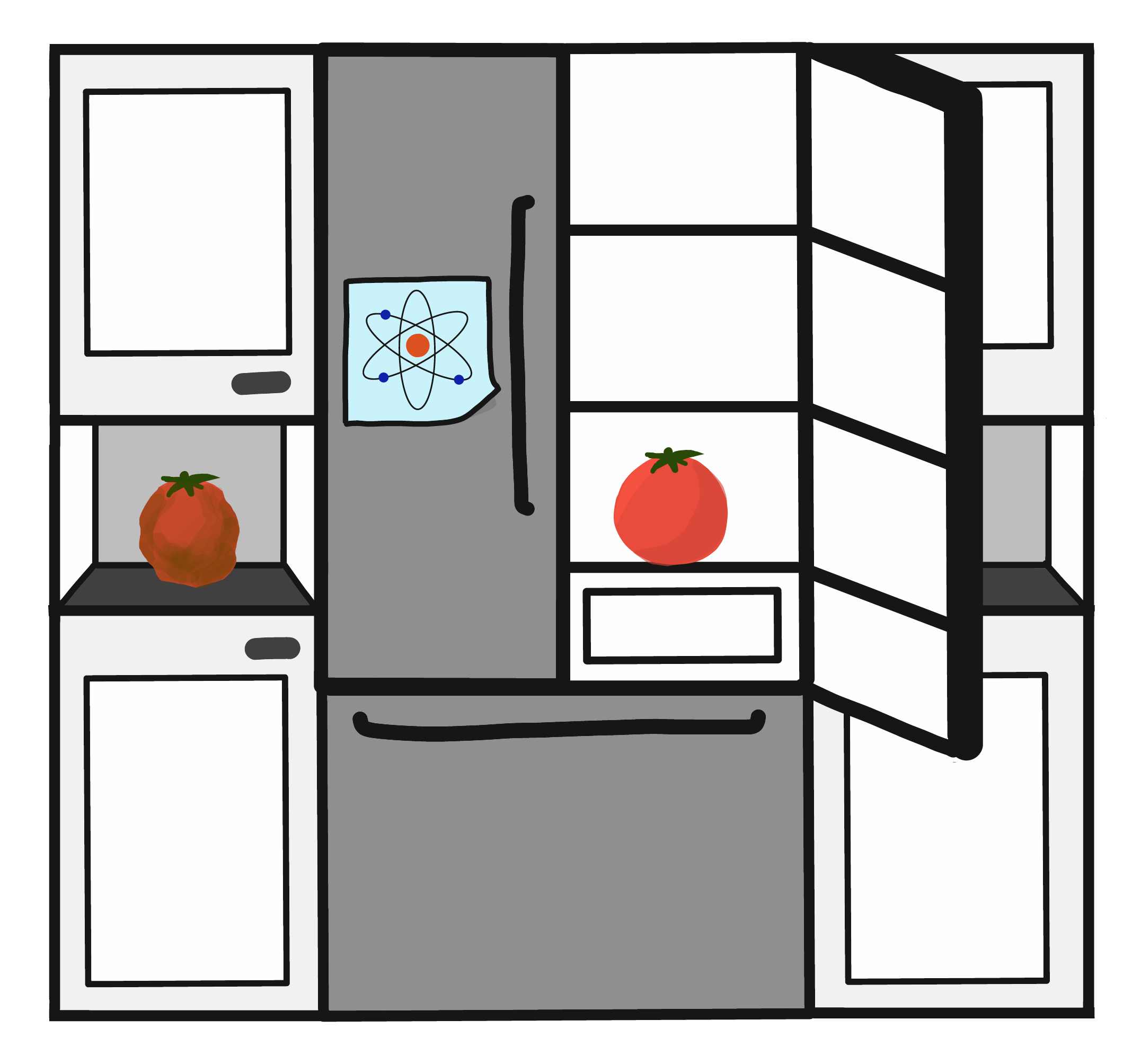Quantum computers are special purpose machines full of promise and, these days, quite a bit of hype. Small prototypes already exist, but they all have a problem: They are really finicky. All of the quantum pieces they're made of are—how can we put this delicately?—extraordinarily fragile.
Qubits (a mashup of quantum and bits), store and process information inside of a quantum computer. Unfortunately, they are kind of fussy, like pets that insist on ignoring your commands. The problems get compounded when scientists try to sprinkle in superposition and entanglement, both of which are necessary for quantum computing. A tiny bit of light here, a sporadic vibration there—pretty much anything is enough to disrupt the inner workings of a quantum computer.
Our everyday experiences demonstrate this inherent fragility of quantum objects. You can’t really see a quantum superposition in action or grab hold of quantum entanglement. Why not? Because our bodies, and basically everything we encounter, are sitting at the relative inferno that we call room temperature. This heat, mild as it may be, makes quantumness melt away. So although one atom on its own is a pretty ideal quantum-y thing, as soon as you put it next to other atoms (like you would in a quantum computer), the whole mess starts jostling around. This can erode a delicate superposition relatively quickly, and things only get worse the more atoms you add. There’s a name for this ruthless destruction of all things quantum:
That all sounds pretty bad for quantum computers. How in the world are we supposed to use them if nature is fighting to destroy the things that give these new-fangled devices their power?
Fear not! There are ways to protect quantum computers from the harmful whims of their surroundings. And the solution has a lot in common with a household appliance.

In a fridge, chilly temperatures preserve food, at least for a little while. Typically, qubits are also kept quite cold using specialized refrigeration techniques. But quantum error correction adds in a more active kind of refrigeration that keeps an eye out for spoilage, kind of like opening a jar of something in the fridge to see if it's still good.
The goal of quantum error correction is to notice when things go wrong, which allows you to fix the problem and move on with whatever quantum calculation you were trying to perform. Redundancy is key to doing this. Instead of storing quantum information on just a single qubit, you can preserve the information by spreading it across a handful of qubits. Then, if one or two go bad, they don't spoil the bunch.
The same idea is also used to
The way to spot this qubit rot is through measurement. Although measuring quantum states normally dissolves some of their quantumness, the measurements made in quantum error correction are carefully crafted to reveal just enough information to diagnose errors. This kind of poking around never tells you enough to reveal the quantum state of the encoded qubit and destroy all those precious quantum properties.
There are many ways to spread the information of one qubit among many, and scientists call these choices quantum error correcting codes. The word "code" here doesn't have anything to do with secret codes. The idea is that you are encoding the information of one qubit into a few qubits.
A simple way to encode an ordinary bit is to represent a 0 as many 0s (000000000) and a 1 as many 1s (111111111). When stored on its own, a single bit can easily be corrupted by the environment: It takes just a single bit flip to change a 0 to a 1. But once encoded, it becomes much harder for the environment to corrupt the information you’re
Quantum codes borrow this same basic idea but with the goal of protecting against all of the extra errors that a qubit is subject to. Some quantum codes are like two copies of the classical code above wrapped up into one, and others involve exotic new states of matter that researchers have only barely caught a glimpse of in the lab.
Researchers have been studying quantum error correction since the mid-1990s, and they've learned all kinds of things along the way: how to manipulate encoded qubits without having to unencode them and how error-prone qubits are allowed to get before everything falls apart. They have even studied how the process of quantum error correction can work when it's subject to the same errors as the quantum information it's trying to protect. Experiments are only now getting good enough to actually put all these ideas to the test.
Quantum error correction and the related idea of


